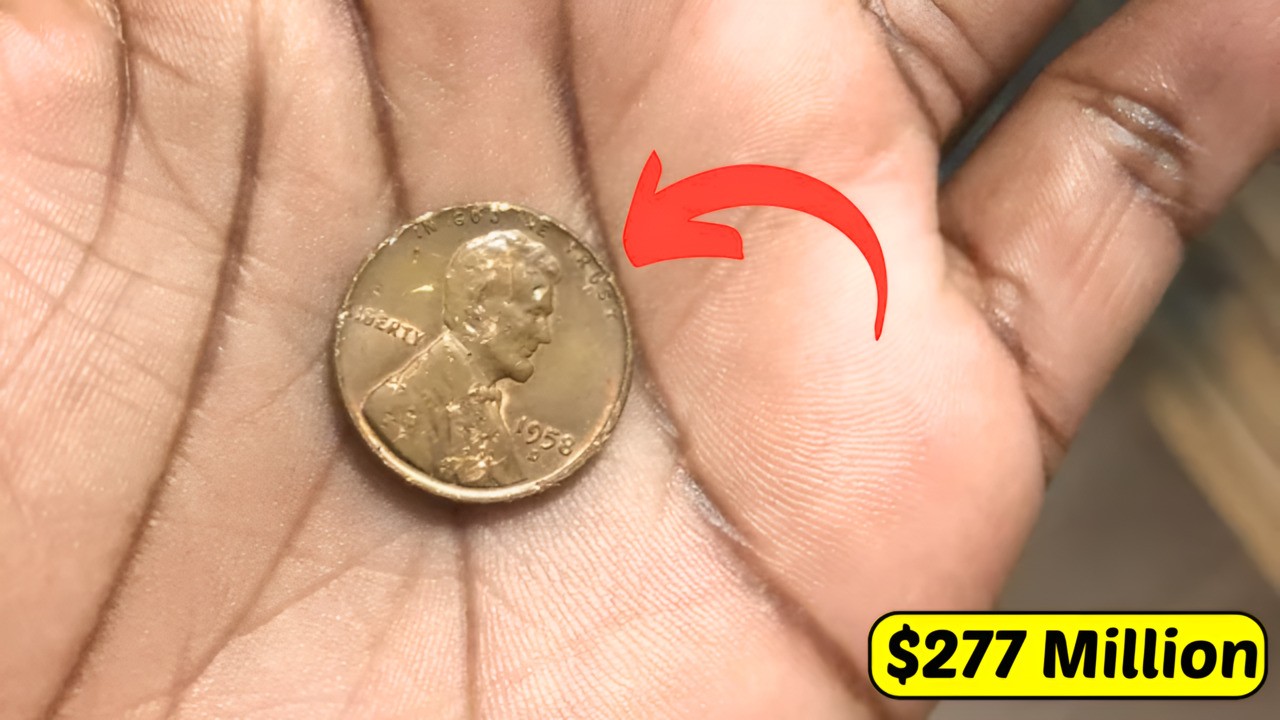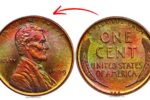5 Rare Bicentennial Quarters Worth $277 Million: In 1976, the United States marked its 200th anniversary with a special series of commemorative coins. The Bicentennial quarter, featuring a colonial drummer on the reverse, remains one of the most iconic coins in American history. Between 1975 and 1976, over 1.7 billion of these quarters were minted. While most are worth only their face value, a handful of rare variations have become legendary, with some commanding astonishing prices in the collector’s market. Here are the five rarest Bicentennial quarters that have achieved extraordinary value.
1. The 1976 No-S Proof Bicentennial Quarter
- Estimated Value: $45,000 to $180,000
- Estimated Total Value of Known Specimens: $135 million
One of the most valuable Bicentennial quarters is the 1976 No-S Proof quarter. Proof coins are typically struck at the San Francisco Mint and should bear an “S” mintmark. However, a small number of these proof coins were mistakenly struck without the “S” mintmark.
Only 15 to 20 examples are believed to exist, making this coin extremely rare. In 2019, a Proof-68 example sold for $179,500 at auction. These coins were originally sold in proof sets, meaning there may still be undiscovered specimens hiding in collections.
2. The 1976 Double Die Obverse Bicentennial Quarter
- Estimated Value: $12,000 to $80,000
- Estimated Total Value of Known Specimens: $48 million
The Double Die Obverse error occurs when the die used to strike the coin shifts slightly, causing noticeable doubling in the lettering and design. The most dramatic doubling is seen in “LIBERTY” and “1776-1976.”
Experts estimate fewer than 100 exist, with around 40 verified by grading services. In 2015, a Mint State-66 example sold for $76,375. Because of their distinct doubling effect, these coins are highly sought after by collectors.
3. The 1976 Silver Proof Transitional Error
- Estimated Value: $5,000 to $35,000
- Estimated Total Value of Known Specimens: $38 million
The U.S. Mint produced special 40% silver Bicentennial quarters for collectors. However, some were mistakenly struck on the standard copper-nickel planchets used for circulation coins. These transitional errors appear identical to silver proofs but have a lower weight of 5.67 grams instead of 6.25 grams.
Around 180 have been verified, with more possibly waiting to be discovered. A Proof-69 example sold for $32,900 in 2017. These errors reflect the ongoing transition away from silver coinage in the U.S. at the time.
4. The 1976 “Pulsar Quasar” Bicentennial Quarter
- Estimated Value: $3,500 to $25,000
- Estimated Total Value of Known Specimens: $22 million
This rare error is known for dramatic die breaks that create starburst-like lines radiating from the center of the coin. As the die continued to deteriorate, each coin produced showed increasing levels of these lines, making each one unique.
Fewer than 200 examples are known, with the most striking ones selling for over $23,500. Many of these coins entered circulation, meaning there is still a chance to find one in pocket change.
5. The 1976 “Drum Major” Reverse Clashed Die Bicentennial Quarter
- Estimated Value: $1,000 to $8,000
- Estimated Total Value of Known Specimens: $7 million
This error was caused by the obverse and reverse dies striking each other without a coin between them. This left an impression of Washington’s profile on the drummer figure, making it look like he is leading a parade as a “Drum Major.”
Approximately 350 to 400 examples exist, but only around 50 remain in mint condition. A high-grade example sold for $7,931 in 2016, proving the demand for this rare error.
Authentication Challenges and Counterfeit Risks
Because of their high value, these rare Bicentennial quarters are often targeted by counterfeiters. Here are common fraudulent techniques and how experts authenticate genuine coins:
- Altered Mintmarks: Some scammers remove the “S” from proof quarters to mimic the No-S variety. Professional graders can spot these alterations.
- Artificial Doubling: Some coins are tampered with to simulate double die errors, but authentic double dies show a consistent, machine-made effect.
- Weight Manipulation: Some fraudsters alter silver proof coins to match the weight of transitional errors.
- Die Clash Enhancements: Acid treatments can exaggerate minor die clashes, but true errors exhibit natural metal flow patterns.
Professional services like PCGS and NGC use microscopic analysis, precise weight measurement, and metal composition tests to verify authenticity.
Finding These Rare Bicentennial Quarters
While rare, these valuable quarters are still being discovered. Here are the best ways to find them:
- Bank Roll Hunting: Searching through rolls of quarters from banks may yield hidden treasures.
- Estate Sales & Auctions: Many rare coins are unknowingly kept in collections inherited by non-collectors.
- Proof Set Examination: The No-S proof quarter was first found in U.S. Mint proof sets, so checking these sets is worthwhile.
- Weight Verification: A precise scale can help identify transitional errors by detecting slight weight differences.
- Magnification: Many of these errors require magnification to identify small details, so using a 10x loupe or microscope is recommended.
The Historical Value Beyond Money
These rare Bicentennial quarters hold significance beyond their monetary worth. They represent a pivotal time in American history, celebrating the nation’s 200th anniversary while also reflecting the technical processes and occasional mistakes of the U.S. Mint.
For collectors, the thrill of discovering one of these rare coins is as valuable as the coin itself. Each quarter tells a unique story of its production and the era it came from, making it a piece of history as well as a potential fortune.
Conclusion: America’s Pocket Change Lottery
These five rare Bicentennial quarters collectively hold an estimated value of $250 million. While most Bicentennial quarters remain worth only 25 cents, the possibility of finding one of these rare gems keeps collectors and enthusiasts searching.
These coins prove that extraordinary treasures can still be found in the most unexpected places, reminding us that history sometimes leaves its greatest valuables hidden in plain sight.




